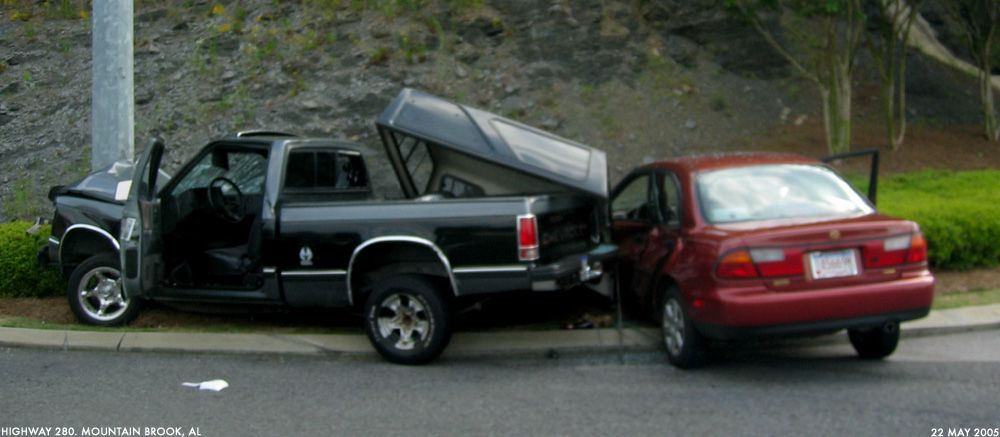Many states have opted to change their state to a no-fault insurance model which modifies the traditional civil tort claims process. There are both advantages and disadvantages to no-fault insurance, depending on which version a particular state uses. The terms of no-fault insurance state that a injured driver's own insurance company pays the medical bills and vehicle repairs for their own vehicle, as opposed to standard civil tort process of payment by the driver at fault. Policy terminology can be quite confusing, so if there are unanswered questions, or claims aren't resolved to satisfaction, it would be beneficial to contact a legal representative such as an auto accident attorney New York located or elsewhere.
 Image Src: flickr
Image Src: flickr
Pure No-fault Insurance
It is important to understand that there are no states implementing the pure no-fault coverage theory, though it is used in two Canadian provinces. Pure no-fault insurance coverage means that an injured driver cannot sue the negligent driver for any non-economic damages, such as pain and suffering or loss of a companion. Economic damages such as lost wages, medical bills, etc. would be paid up to the policy limit. The United States has 13 states that use a modified insurance model.
Verbal Threshold
Modified no-fault insurance coverage means that the injured driver can still sue the negligent driver if the injured driver's injuries are "serious" and the amount of necessary compensation surpasses the limits of their own policy. The accident is still assessed for fault, but no-fault allows simple accidents to be adjudicated sooner because of the low level of damages. This is the primary advantage of verbal threshold usage. The verbal threshold is a defined list of injuries that are not serious enough to mandate claims for negligence. Cases involving injuries that are not included on the verbal threshold list are eligible for a negligence suit.
Monetary Threshold
The monetary threshold model requires injuries to meet a designated dollar amount in order to be eligible for a negligence claim after the injured individual's personal policy limit has been meet. The primary disadvantage of the monetary threshold model is that it encourages injured parties to seek medical evaluation from multiple doctors and make unnecessary visits in order to inflate expenses to meet the threshold. The primary advantage is that an injured party has a much better opportunity to be made whole following an accident involving an egregiously negligent motorist, such as an impaired driver.
Choice No-Fault Insurance
There are three states that implement choice no-fault automobile insurance systems. This means that an insured driver can choose a pure no-fault policy or a policy that retains some civil tort litigation rights. The primary disadvantage of this optional coverage is that the terms cannot be changed without re-writing the policy. It can only be chosen at policy renewal time.
Uninsured and Under-insured Coverage
These additional coverage options are also included in no-fault insurance policies, however they can only be selected at time of original policy purchase or at renewal because they carry an additional premium charge. These items are an excellent form of extra protection that can be very useful when involved in an accident with an uninsured driver, and they are relatively inexpensive to carry as a rider.
It is always important to know what type of insurance your particular state uses and to be prepared to make an informed choice when it is time to purchase insurance coverage. In terms of compensation, and restitution, having more insurance coverage is much better than not having enough, and no-fault insurance can help in overall coverage.
About Author: Teresa Stewart, a former insurance subrogation analyst, clarifies insurance options for these who live in no-fault states. Perecman Firm, P.L.L.C., an auto accident attorney New York based, fights for client's rights after an accident in a no-fault state. Protect your benefits by always retaining legal counsel that is well experienced in handling accidents within your state.